Michigan Tech's thought leaders glimpse into the University's future. Wayne Pennington, dean of the College of Engineering, reflects on where engineering and engineering education is heading over the next decade.
Collaboration may be inherently human, but it is not a natural part of the STEM machine. Competition is what drives most of science, technology, engineering and math, whether between companies in industry or to secure funding in academia. Larger institutions are overrun with internal competition, Pennington says—deans and chairs have to fight for recognition and financial support in ways that diminish rewards for faculty who take the time, money and energy to collaborate.
Yet Michigan Tech has successfully carved out time and space for interdisciplinary and transdisciplinary work.
"First, it's the sort of community we're in: if we didn't collaborate and cooperate, then we'd all freeze to death in the Keweenaw winters. The other part is that everyone knows each other here."
"Interdisciplinary work—I think most of us recognize that's where many advances get made and where professional careers tend to move forward," Pennington says. "On the other hand, there is a problem: our curricula are aimed at specific disciplines, our accreditation approach is designed to continually strengthen those individual disciplines and the bureaucracy tends to make interdisciplinary activities difficult, whether it's funding agencies, reporting structures within institutions, or even professional societies."
He says Michigan Tech is different, though. It comes down to size and location. We may be remote, but there's a reason some of us call this place Innovation Shore.
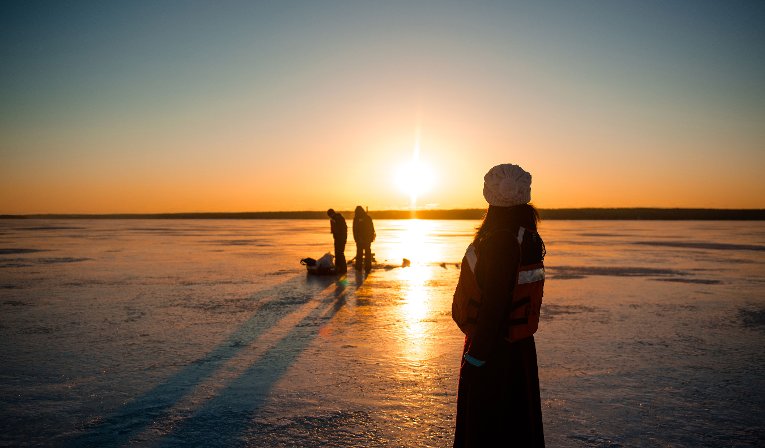
On Plans and Paradoxes
Engineering lives in a world of paradoxes. Scientific uncertainty meets legal requirements in engineering projects. Certification and process and management vie with creativity, common sense, intuition. Engineer stereotypes are teased for being overly precise, pocket-protector types while they simultaneously catch good-natured flak from other STEM fields for a "close enough" attitude in the name of getting the job done (just read any joke about when an engineer, a physicist and a mathematician walk into a bar together).
To overcome the superficial paradoxes surrounding engineering, it's worth taking what Pennington calls the 100,000-foot view. From such a high vantage, we see past the necessary back-and-forth to make ends meet for next year's budget, and even past the strategies driving five- and ten-year plans. This is the realm of sharp-eyed eagles and dreamers—and engineers with aspirations to integrate interdisciplinary approaches into research, teaching and service.
"Michigan Tech stands out as being, in my opinion, the perfect size to allow significant interdisciplinary activities—it's one of the reasons I came here 23 years ago."
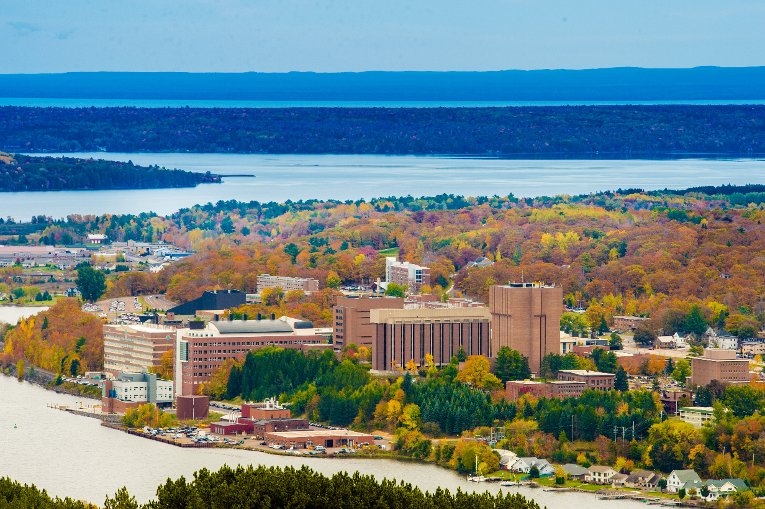
On Teaching and Innovation
Even Michigan Tech undergraduates know how to transcend disciplinary boundaries. They learn to deal with crises and industrial-class equipment in the Unit Operations Lab and can work on a real project with a real client in the Enterprise Program.
"In most classrooms, the students work on a problem, they get the right answer, and they're done," Pennington says. "But we all know that, in the real world, you work on a project—something unexpected happens—and you have to figure out the problem, explain it to your colleagues, and collectively plan your response to the situation."
Pennington feels there should be easier entry points into interdisciplinary approaches to undergraduate education; perhaps a first-year in which students can sample various aspects of computing and information sciences along with the engineering components of that field or a five-year route to dual degrees in engineering and business.
Also: a bigger, more visible and even more inviting Makerspace beyond The Alley—currently located in the Memorial Union Building basement where the bowling alley used to be—where people, ideas, products and new technology mingle and create. He envisions a high-traffic area with glass walls, big tables, fabrication equipment and analytical instrumentation along with plenty of space to sketch, write and invent.
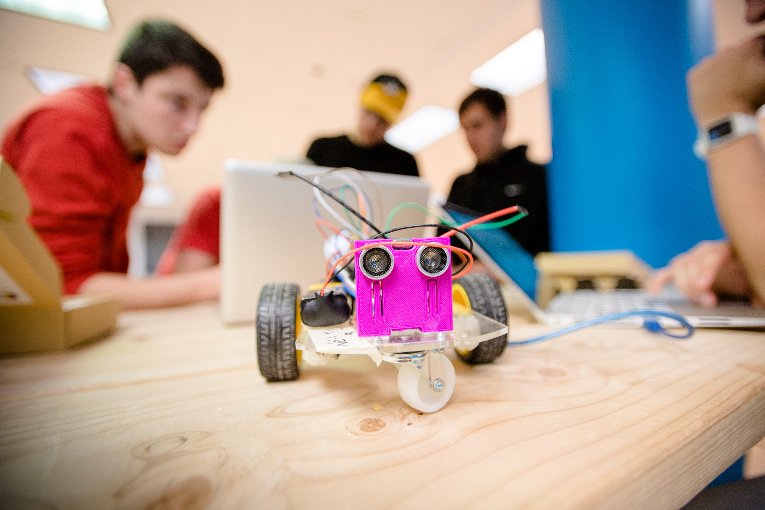
In addition to curricular overhauls and physical spaces, people are a key ingredient, and Pennington predicts faculty career tracks may see change over the next decade.
For post-tenure faculty, Pennington says it comes down to offering more clarity on the expected balance of teaching and research responsibilities, tailored for each individual. He also thinks adding nontenure research- and teaching-specific positions boosts the quality of the institution in a number of ways.
Many of the changes Pennington says need to be made do not have quantifiable metrics for success. But perhaps that is one of the new paradoxes for engineering. To make a visible difference in the real world, we have to accept real challenges and work with real people—none of which can be neatly summed up in an equation. Of course, they never could be, Pennington points out. And if there is something old-fashioned engineering can bring to the future, it's elegance. Streamlined and straightforward solutions that people can hold in their hands.
The elegance of tomorrow's algorithms and designs will be gauged by how well engineers make the complex and abstract feel simple and life-like. It's a good thing Michigan Tech faculty, staff and students are up to the challenge.
Michigan Technological University is a public research university founded in 1885 in Houghton, Michigan, and is home to more than 7,000 students from 55 countries around the world. Consistently ranked among the best universities in the country for return on investment, Michigan’s flagship technological university offers more than 120 undergraduate and graduate degree programs in science and technology, engineering, computing, forestry, business and economics, health professions, humanities, mathematics, social sciences, and the arts. The rural campus is situated just miles from Lake Superior in Michigan's Upper Peninsula, offering year-round opportunities for outdoor adventure.
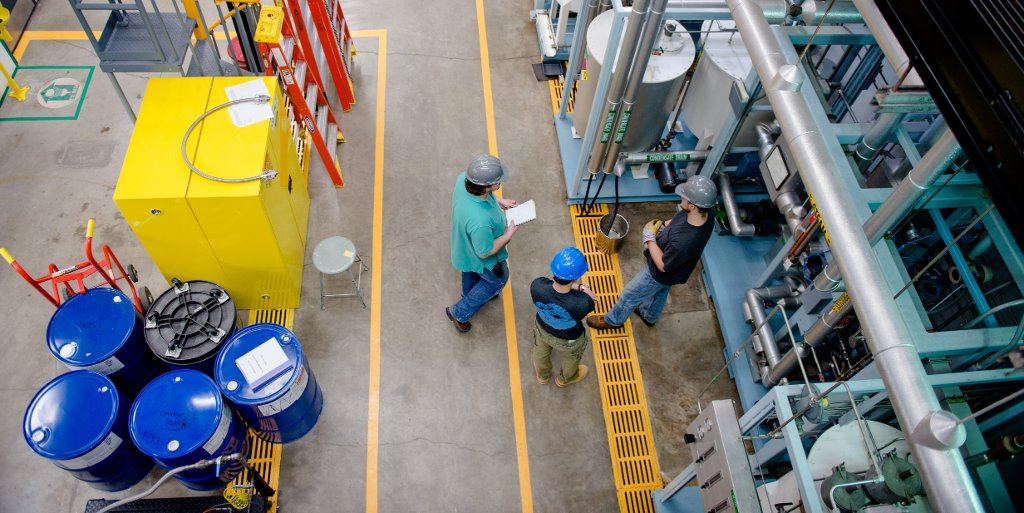

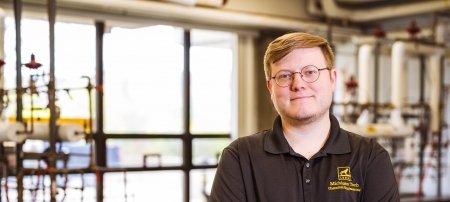
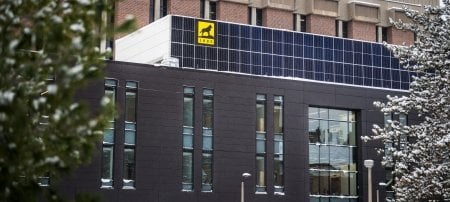
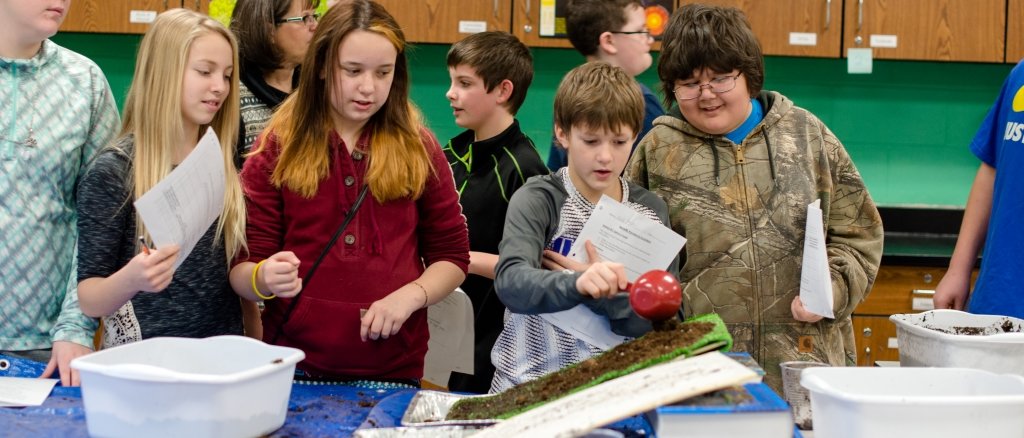
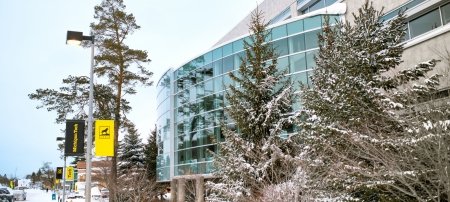
Comments